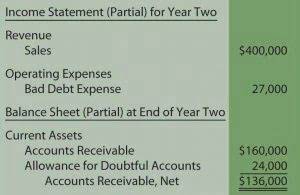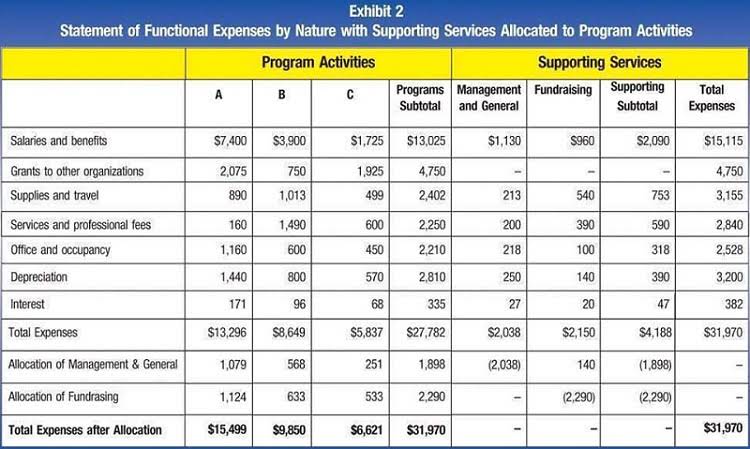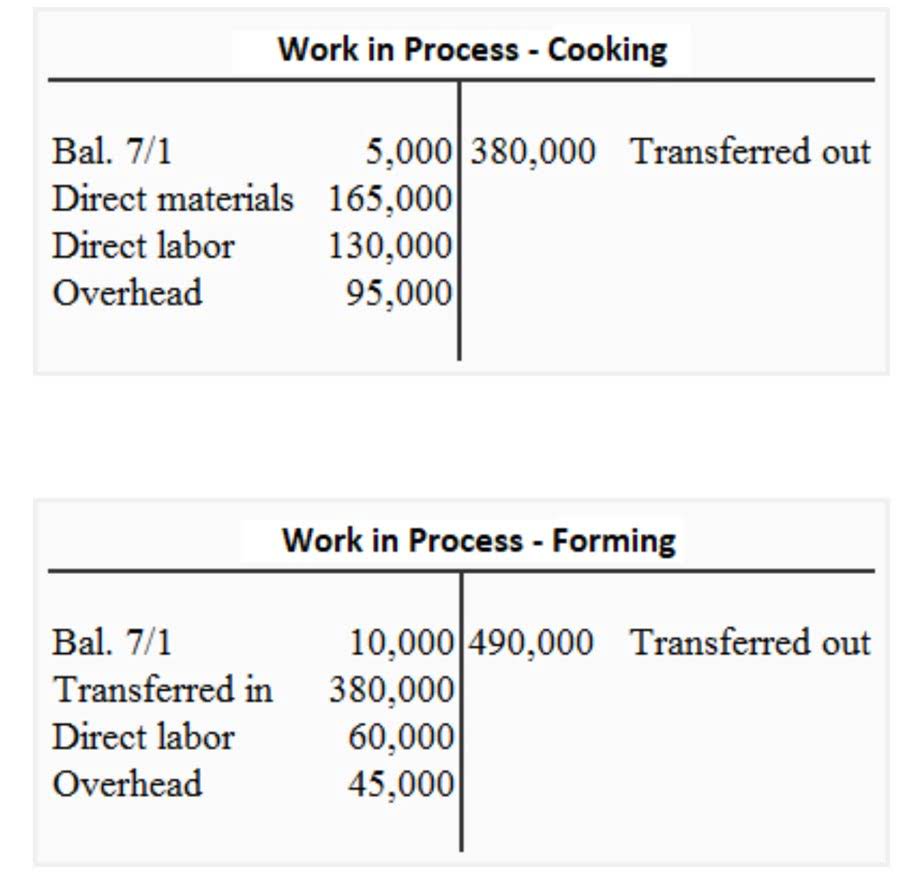
We are committed to providing excellent customer service to ensure you have a pleasant experience doing business with us. Now that you have a systematic Chart of Accounts and know when transactions should get recorded, all that’s left is to enforce timely record keeping. This is especially since creating a simple accounting system for a small business is not at all difficult, and in this guide, we’ll walk you through how to do it, step-by-step. At least 30% of the company’s equity must be held directly or indirectly by Singapore Permanent Residents (PRs) or citizens, determined by ultimate individual ownership.
How to Do Bookkeeping for Sole Proprietor: Explained
- As soon as you make a purchase with your bank card, keep the receipt – like, do it in the shop as you are walking out or something so that you don’t lose the receipt.
- If you have a candle-making hobby, you can ask around local stores to see if they’re interested in selling items from local artisans.
- By understanding these sections thoroughly, sole proprietors can maximize their deductions while staying compliant with tax regulations.
- It is also possible for these owners to obtain financing by way of business partners or others, with cash to invest.
- A financial professional will offer guidance based on the information provided and offer a no-obligation call to better understand your situation.
These tools often come with features that enable the integration of bank accounts and credit cards, further streamlining the process. Additionally, using receipt management apps like Shoeboxed can help in digitizing and organizing receipts, reducing the risk of lost or misplaced documents. A sole proprietorship is best because business owned by one person without any partners or shareholders. Very small single-owned businesses often find sole proprietorships ideal form of business structure as it is not a separate legal distinction between the individual and the business.

How is bookkeeping regulated for a sole proprietor in Switzerland?
Failure to do so not only jeopardizes financial transparency but also exposes the proprietor to legal risks and penalties. One of the primary tax considerations for sole proprietors is the self-employment tax, which covers Social Security and Medicare contributions. Unlike traditional employees, sole proprietors must pay both the employer and employee portions of these taxes, which can be a substantial financial burden. Utilizing tax software like TurboTax Self-Employed can help in calculating these taxes accurately and ensuring that all deductions are accounted for. The cash basis accounting method is often preferred by sole proprietors due to its simplicity. It involves recording transactions when cash changes hands, making it suitable for small businesses without considerable inventory or equipment.

**Step 1: Choose A Bookkeeping Method (E.G., Software, Spreadsheet, Paper Ledger) **
- A lack of cash might also prevent a sole proprietorship from surviving competition from other businesses with substantial funding that provide comparable products or perform similar services.
- Consequently, obtaining approval for an Employment pass or EntrePass becomes more challenging.
- Once the fee has been paid, the sole proprietorship is set up within 15 minutes.
- The business owner must create an LLC operating agreement defining the business structure.
- Proprietors control all aspects of their business, including production, sales, finance, personnel, etc.
For example, if your business made $100,000 and you owned 100% of that business, then you would be required to pay taxes on that $100,000 individually. We’ll discuss this and each type of entity in a moment, but before we do, it’s important that you understand the taxes that are involved for all entities. So by the end of this post, we hope that you’re saving thousands and not paying thousands more than you have to in taxes.

And this statement rings true when using financial software for bookkeeping and accounting purposes, especially for sole proprietors. While we all know that bookkeeping can be a tiresome, round-the-clock process, it is extremely important to have a well-run bookkeeping system in place. Sound business decisions, made logically, putting a vision and a target into perspective is important, and bookkeeping and accounting can help you achieve that easily. Since these processes involve detailed analysis of your financial data, you can make informed business Law Firm Accounts Receivable Management decisions backed by reliable information.

Tax Obligations and Reporting
More than 60% of business owners do their own bookkeeping, thanks to the prevalence of user-friendly accounting software. However, despite the ability to work more flexible hours, it can still be tricky for freelancers to fit everything into a hectic week. By the time tax season rolls around, you may not be as sole trader accounting prepared as you thought you were.
Tracking income and expenses is crucial to any business, sole proprietorship, or partnership. Bookkeeping and accounting make tracking your business’s financial performance easy, so you can identify areas where you may need to improve or cut contra asset account back. The owner is liable for all debts and obligations of the business, and the business has no legal existence separate from the owner. Sole proprietorships are the simplest and most common form of business organization. There are no formal requirements, and the sole proprietor has complete control over the business. By outsourcing accounting services, sole proprietorships can save time which they can use for more important business tasks.
Reconciling Bank Statements
Recognizing the advantages and disadvantages of being a sole proprietor is a crucial step that can help. For example, while sole proprietors enjoy flexibility in decision-making, they also bear all financial risks personally. Detailed records will also be beneficial for presenting clear financial statements to potential investors or when forming partnerships.